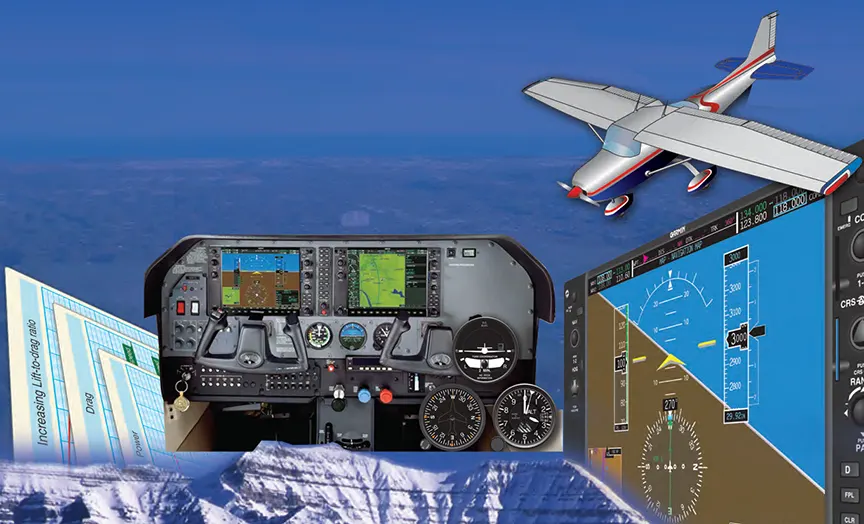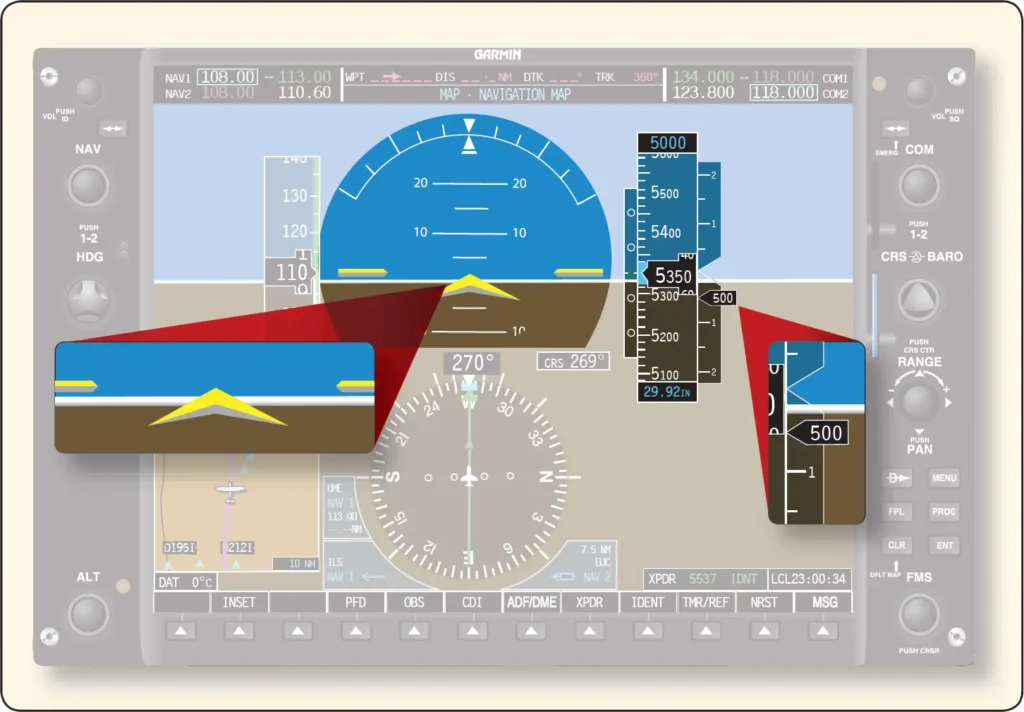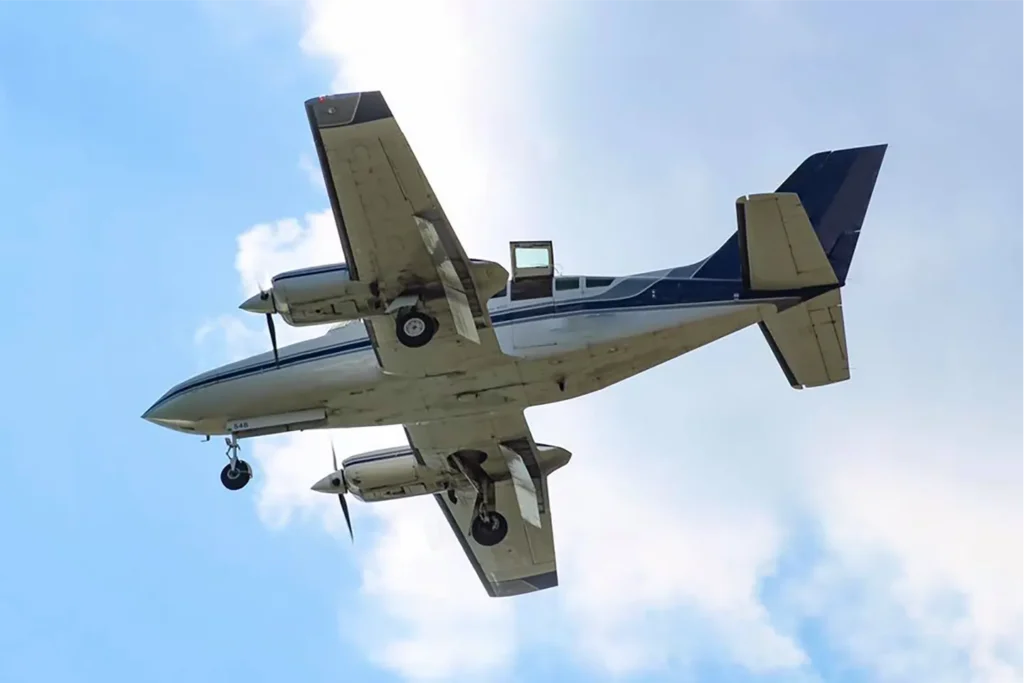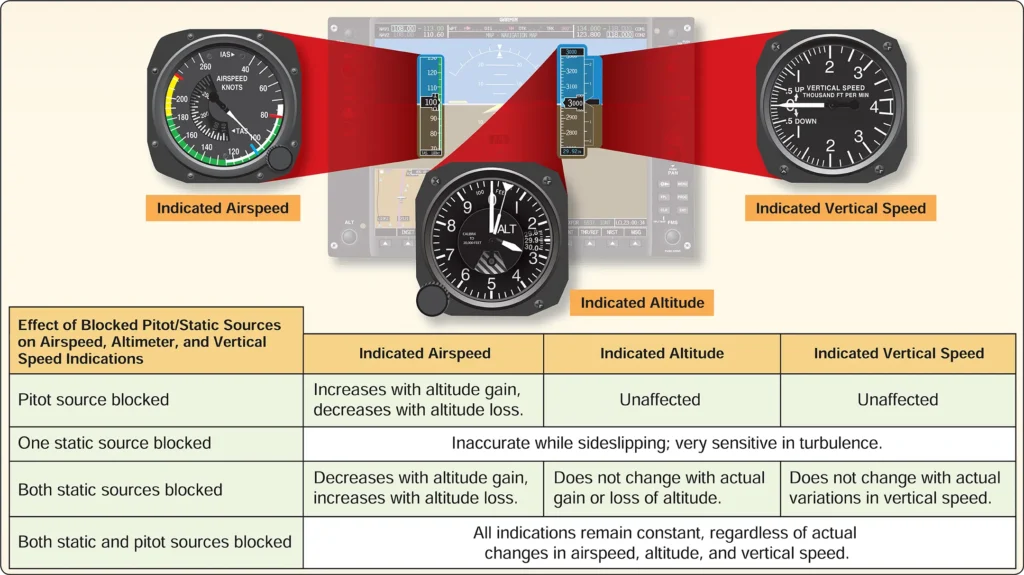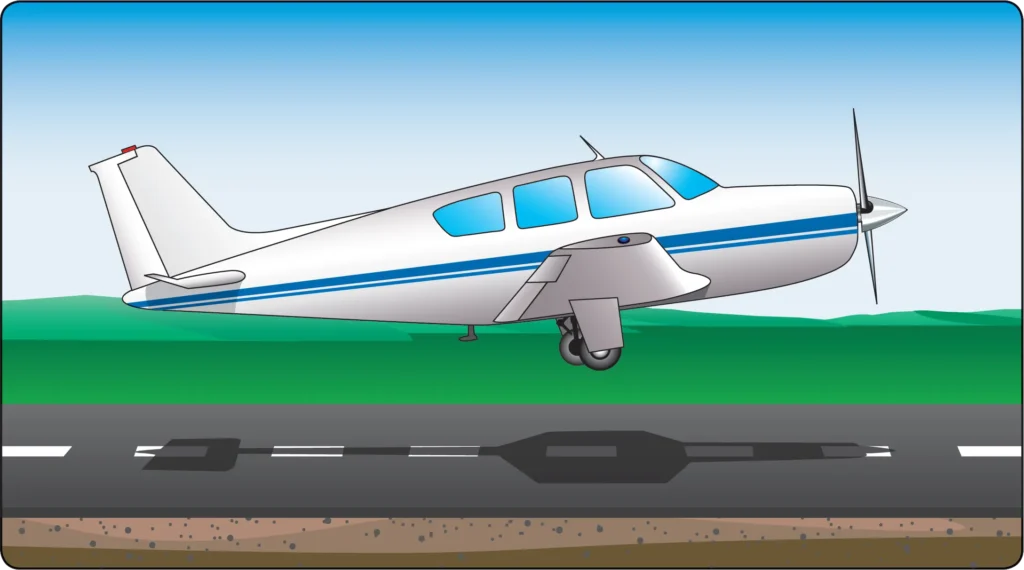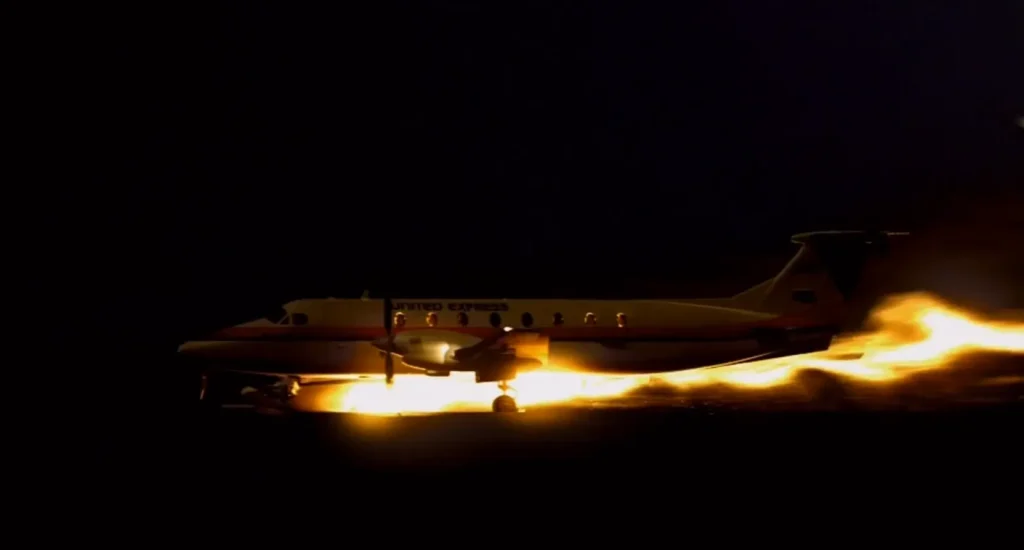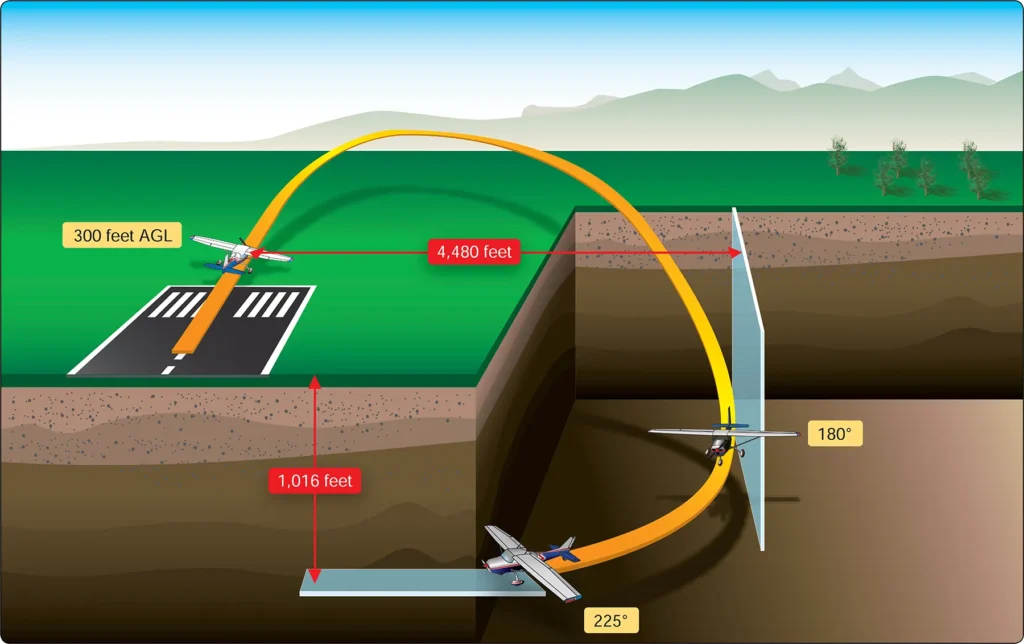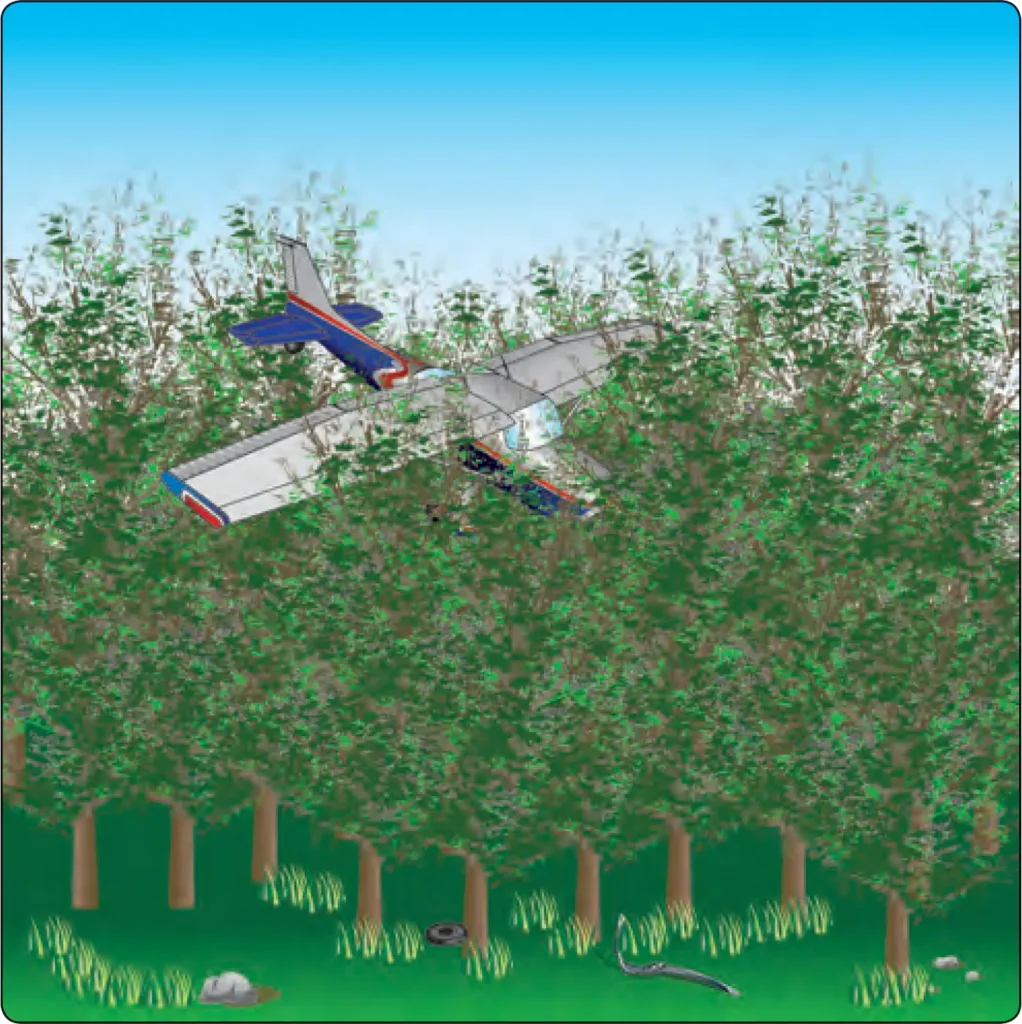Airplane Basic Flight Maneuvers
Airplane Flying, Flying TrainingAirplanes operate in an environment that is unlike an automobile. Drivers tend to drive with a fairly narrow field of view and focus primarily on forward motion. Beginning pilots tend to practice the same. Flight instructors face the challenge of teaching beginning pilots about attitude awareness, which requires understanding the motions of flight. An airplane […]

